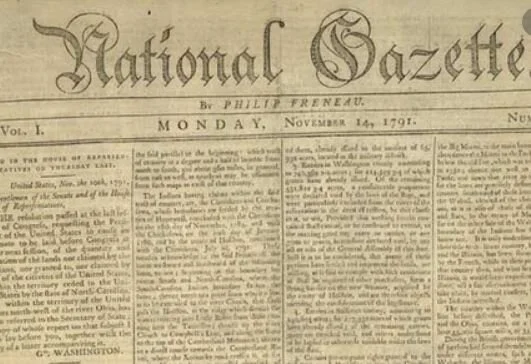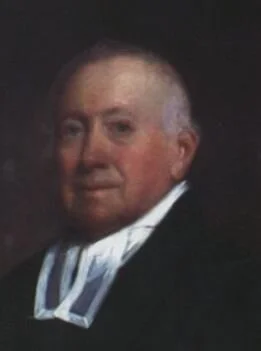America's Second Capital - Henry Fite's House
The first time the Continental Congress fled from Philadelphia, they took up residence in the Henry Fite House.
Henry Fite
When Heinrich Vogt immigrated to British North America, he did so with two of his brothers, a wife, and at least two children.
Though they arrived in Philadelphia, the brothers eventually split off and went to separate colonies.
Heinrich anglicized his name to Henry Fite (sometimes written as Fight) and moved his family to Baltimore.
The Henry Fite House
Fite was not yet 30 when he arrived in Baltimore but was able to make a substantial living, most of which came from an accumulation of property.
In 1772, he constructed a large 3-story building on Market Street which he operated as a hotel and tavern.
This structure became widely known as the Henry Fite House and would play a small but integral role in the upcoming American Revolution.
The Fight Comes to Fite
Though Fite did not outright join the hostilities of the Revolutionary War, he seems to have sided with the Patriots.
We know this because, when it seemed that the British were headed toward Philadelphia in late 1776, the Delegates in the Continental Congress decided to evacuate for the safer city of Baltimore.
When they arrived, they decided to rent out the Henry Fite House.
A Pretty Good Capital
Due to Congress meeting in the Henry Fite House, it technically became the second capital building in the history of the United States.
The Fite House made a lot of sense as a meeting place. In addition to a large room for Congress to hold sessions, it could put up a good chunk of the Delegates as guests and (very importantly and often overlooked) it had a sizable stable for the Delegates to keep their horses at.
Congress remained in the Fite House from December 1776 until February 1777 when it returned to Philadelphia.
Old Congress Hall
After the Delegates left town, the Henry Fite House became known locally as Old Congress Hall.
The building (which is often mistakenly said to have been owned by Henry’s son, Jacob) would remain under Fite’s supervision until his death in 1789.
It would later be the location from which George Peabody established the basis of his banking empire.
Sadly, it was destroyed in the Great Baltimore Fire of 1904.
Want to read about OTHER FOUNDING BUILDINGS?
Try one of these articles:
Building: The First Continental Congress - Robert Smith Builds Carpenter’s Hall
William Allen - The Loyalist Who Built Independence Hall
I wasn’t real sure what book to recommend with this video.
I figure we spoke a lot about Baltimore, so I’ll go way back before the Revolution and give you something to read about its namesake.
If you’d like a copy you can pick one up through the link below (you’ll support this site, but don’t worry, Amazon pays me while your price stays the same).






